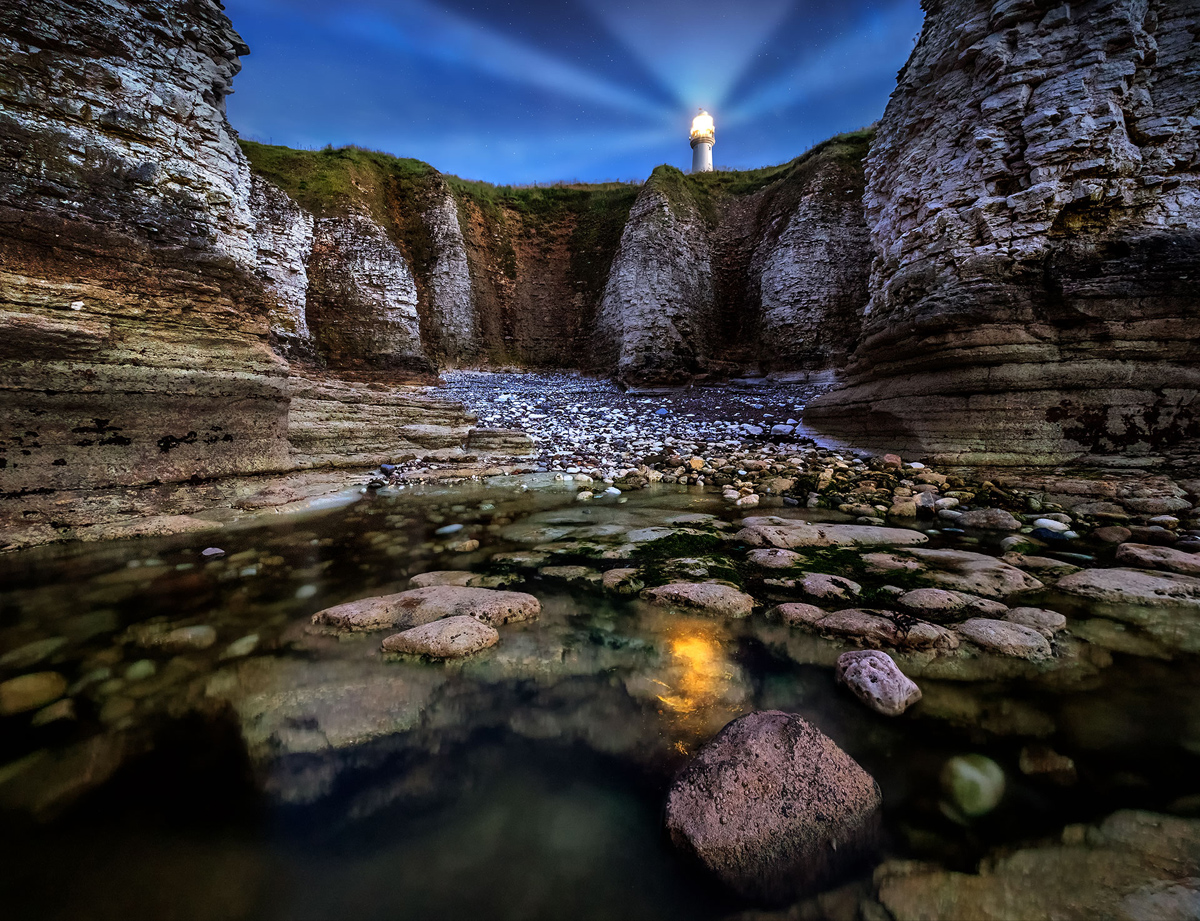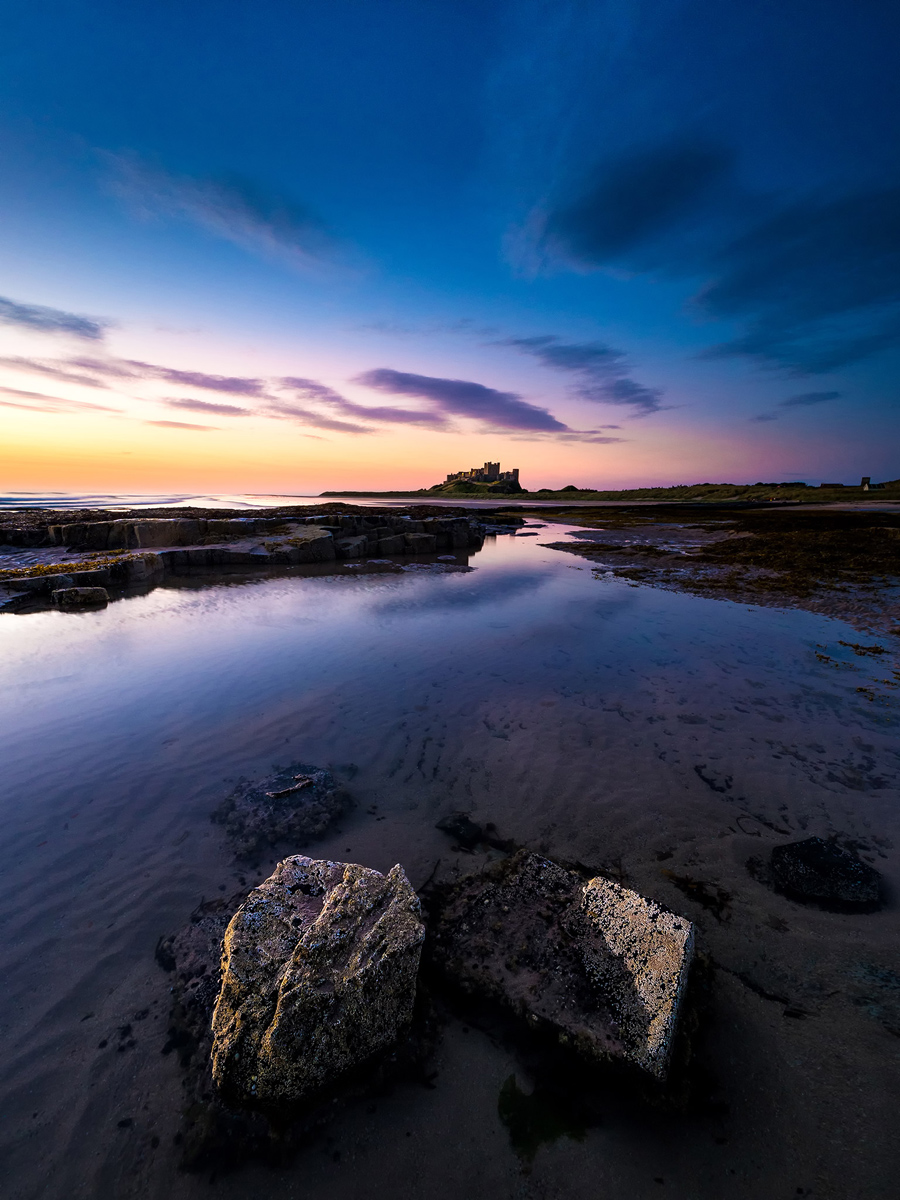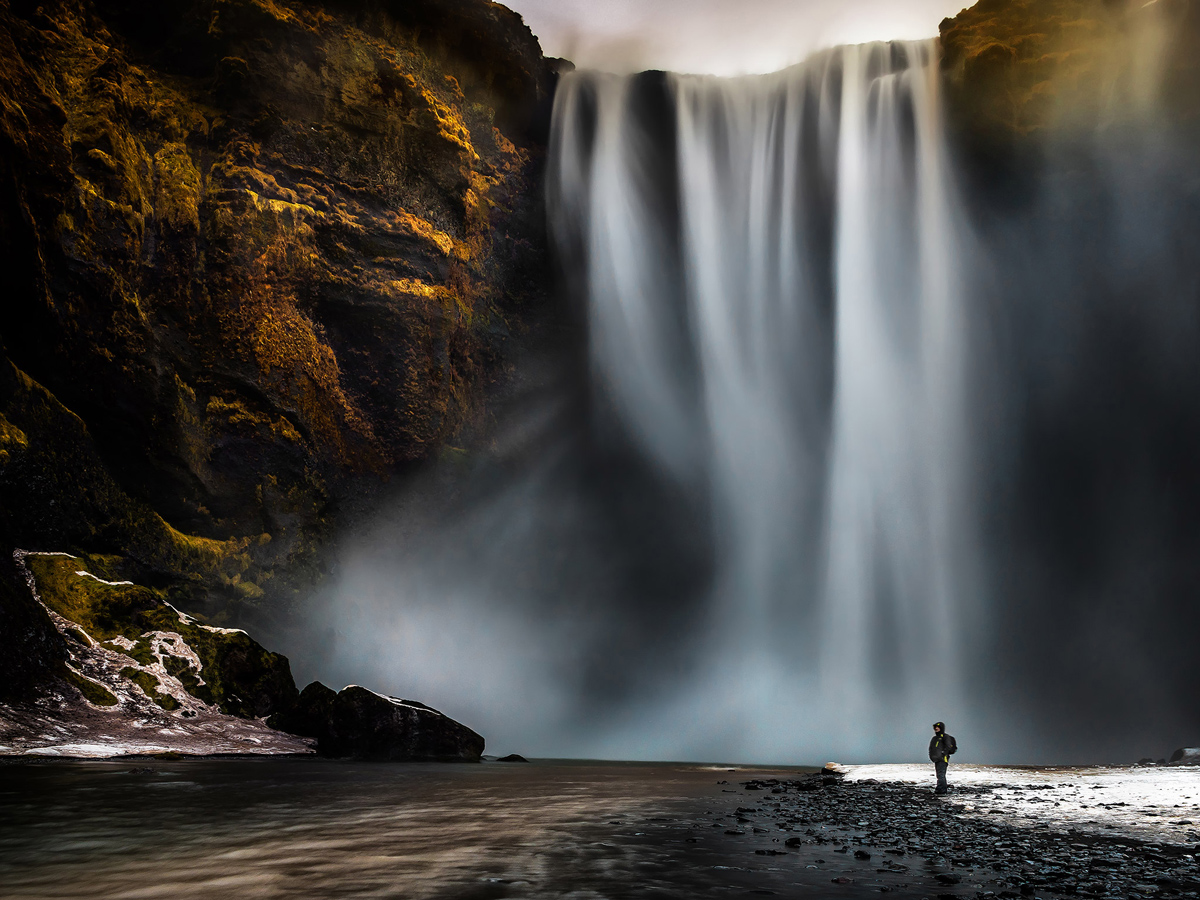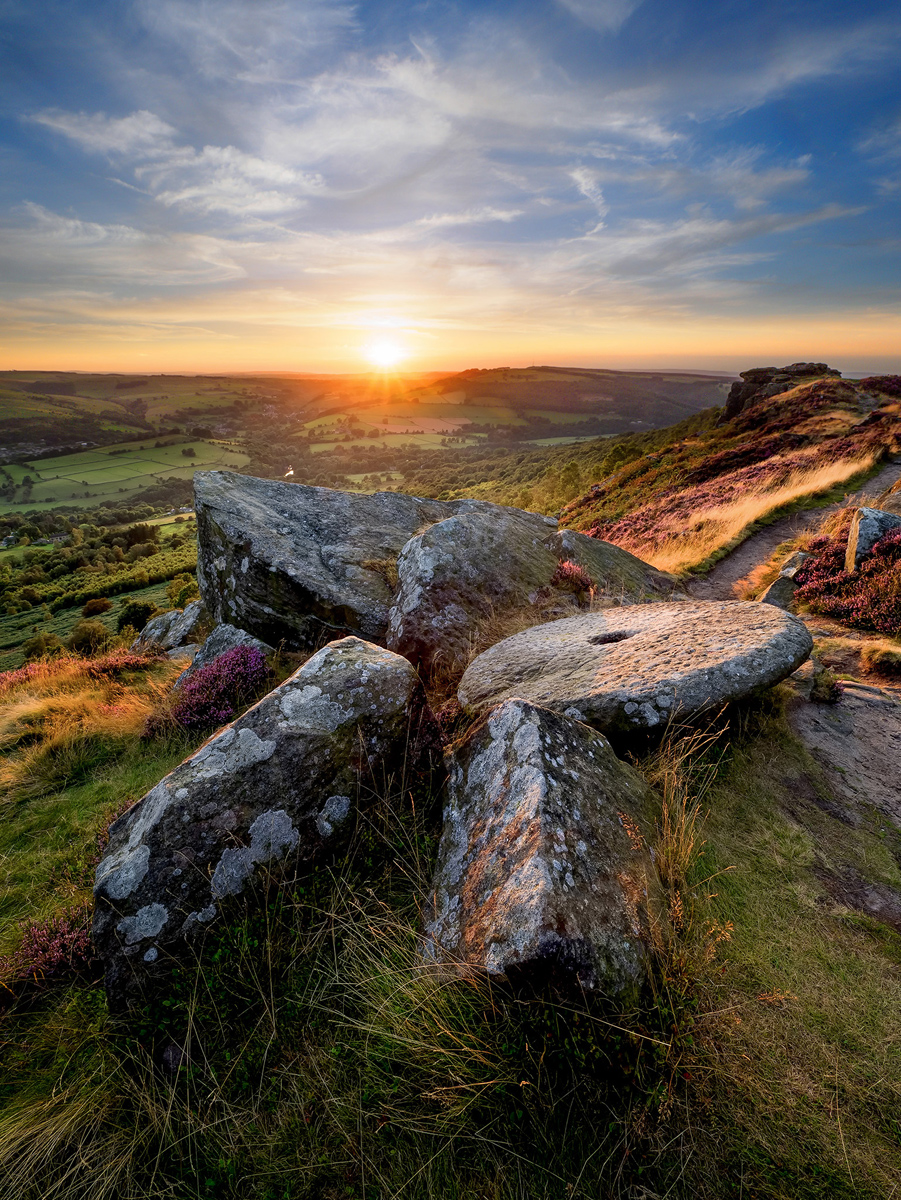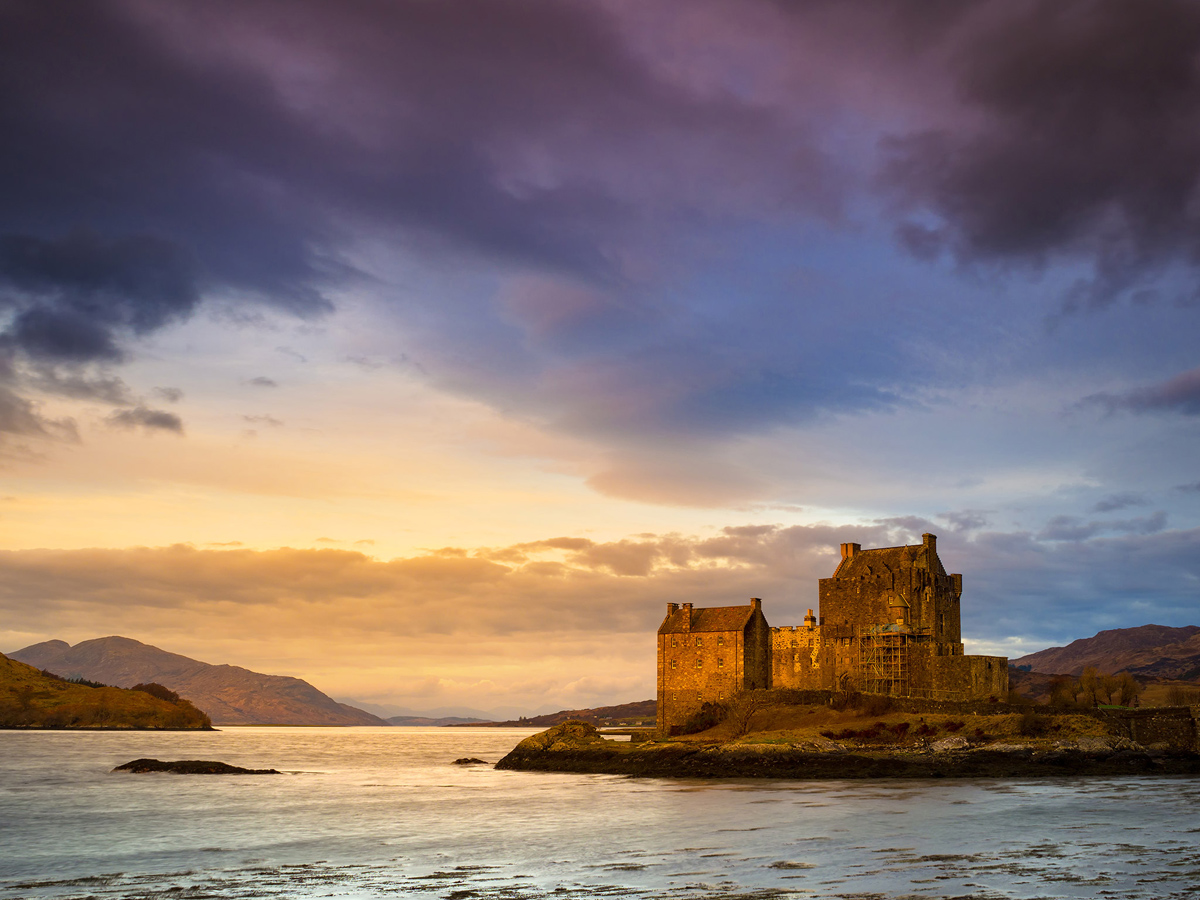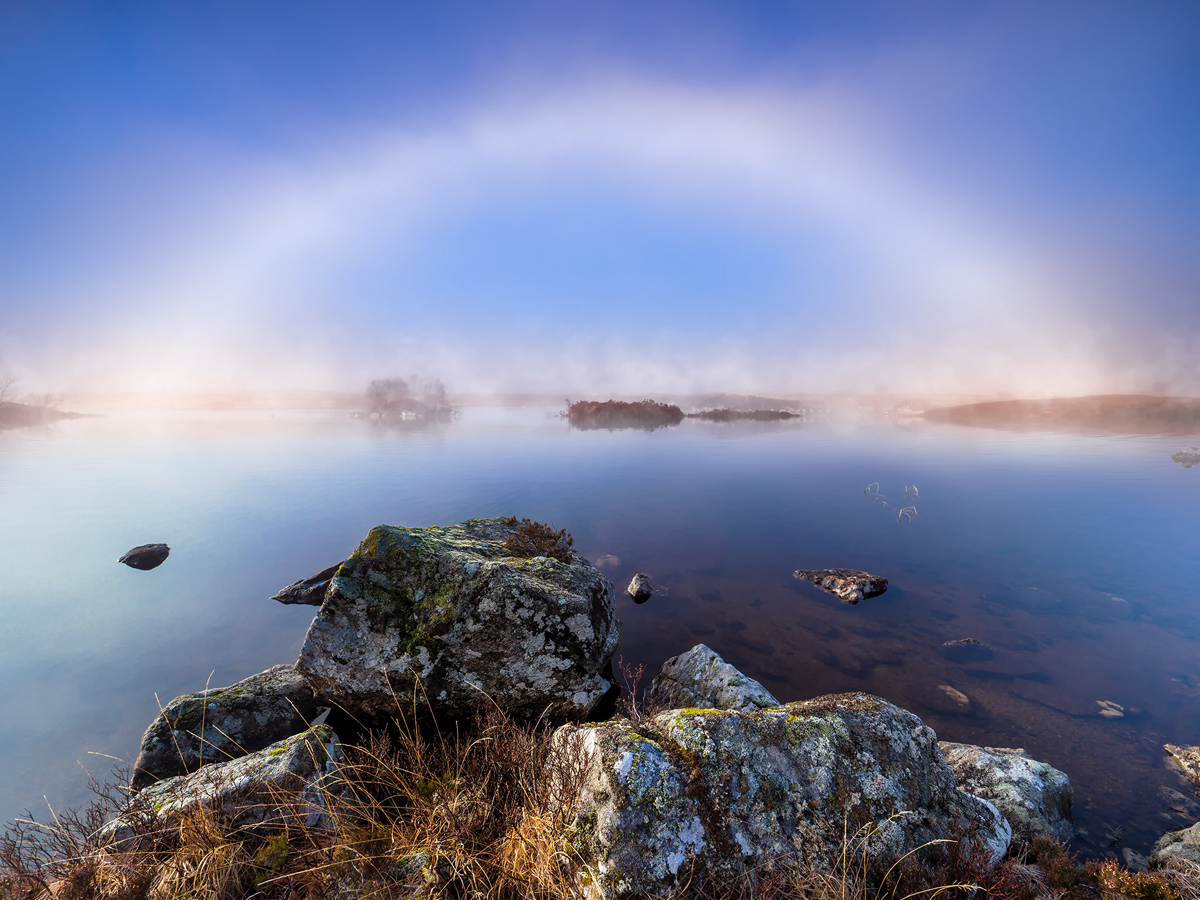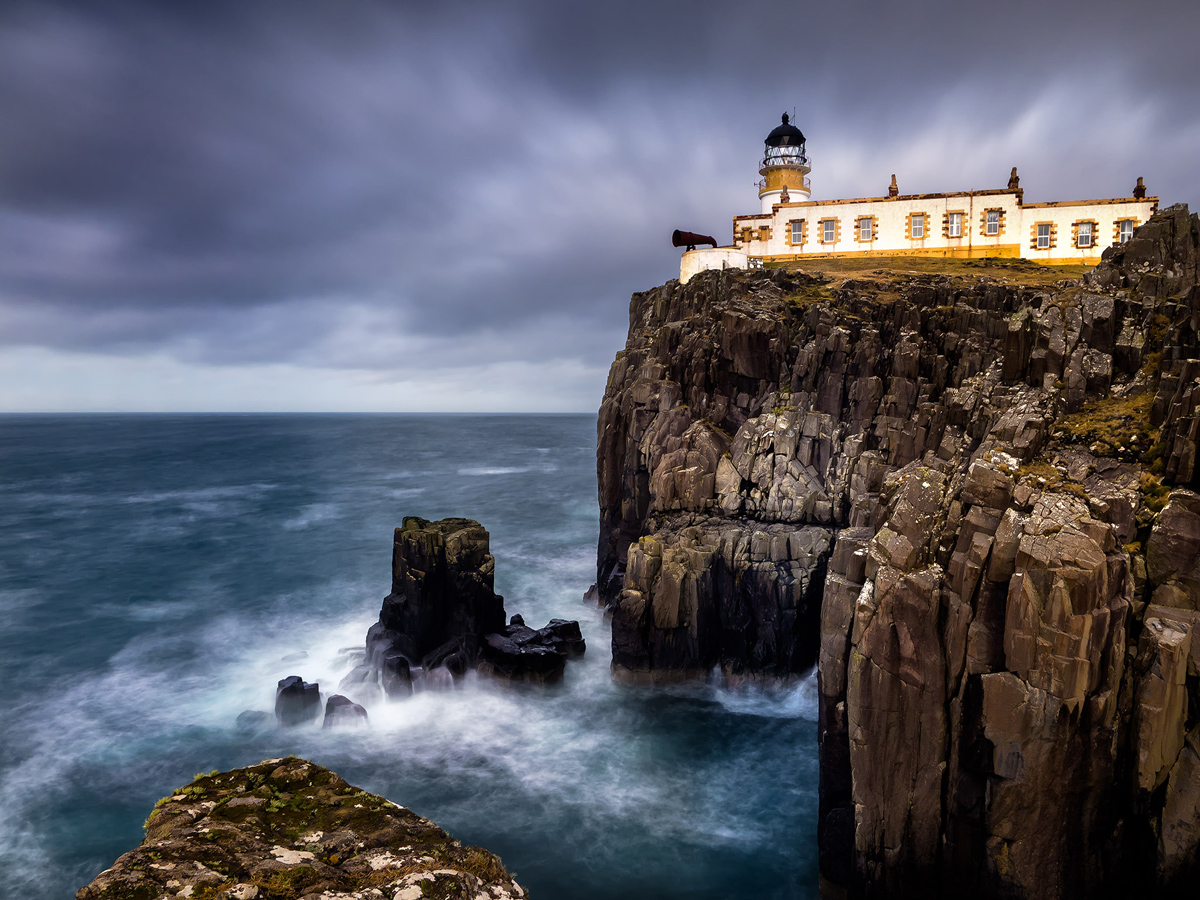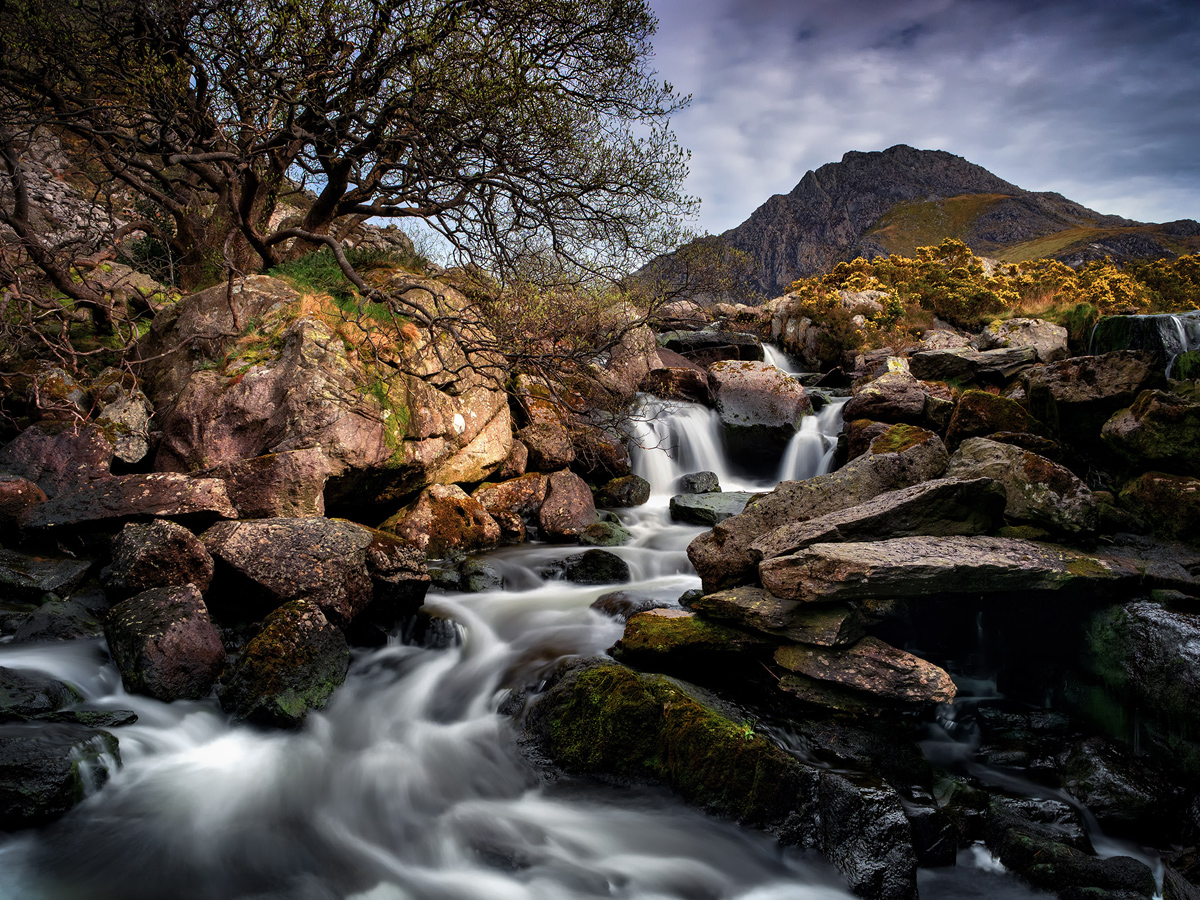Shooting land and seascapes with the E-M1 MarkII and the E-M5 MarkII
Hello Phil! Could you tell us a bit about yourself and how did you get into Photography?
I was always creative, before the days of the internet and gaming I spent my time drawing and painting and after finishing school I ended up at Art College studying Art and Design. It also involved photography, which seemed a natural progression to being creative and expressive just with a different medium. I used 35mm SLR’s, Minolta’s and Olympus, and soon had my very own OM 1 and OM 40.
Back then film was expensive so I used to shoot mainly black and white. I had all my own dark room equipment so I would develop film and print myself. Using film teaches you to slow down and make every shot count.
When digital arrived I stared with a Nikon Coolpix. It was 1.2mp and cost £500, a lot of money.
A family came and with the resulting stretch in finances I sold all my gear, so there was a break of a few years. As digital developed my first true digital DSLR was a Canon Eos 350D. I was hooked and my passion was rekindled. I soon moved to Full Frame with a Canon 5D and L lenses.
Two years ago I rediscovered Olympus with the OMD EM10 after looking for a compact travel kit. With the great features, compact size and great lenses I quickly paired it with a 12-40 Pro.
Mirrorless was another revelation and I soon decided it was the future for me. EVF offers so many benefits, and using Olympus was like coming home.
It was not long before I had the OMD E-M5 mk2 and additional lenses.
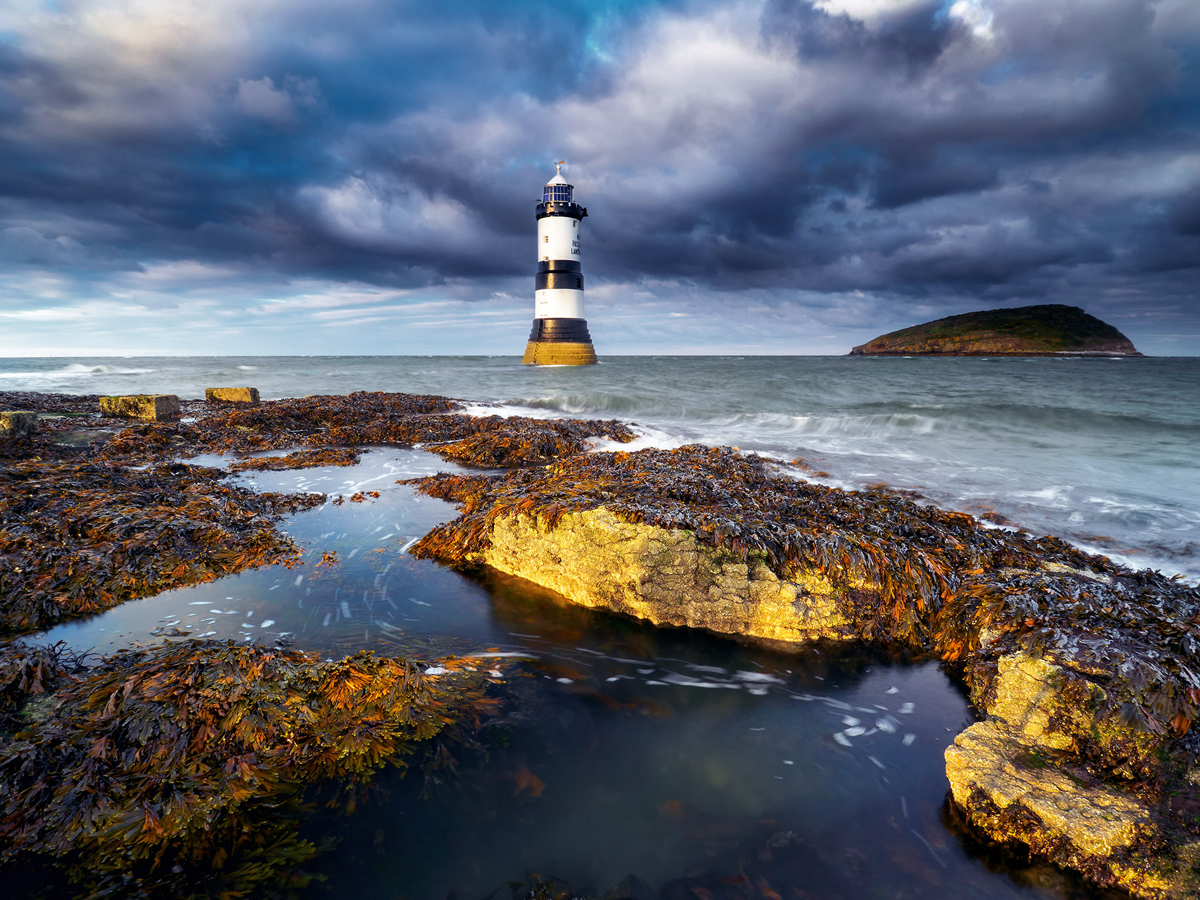
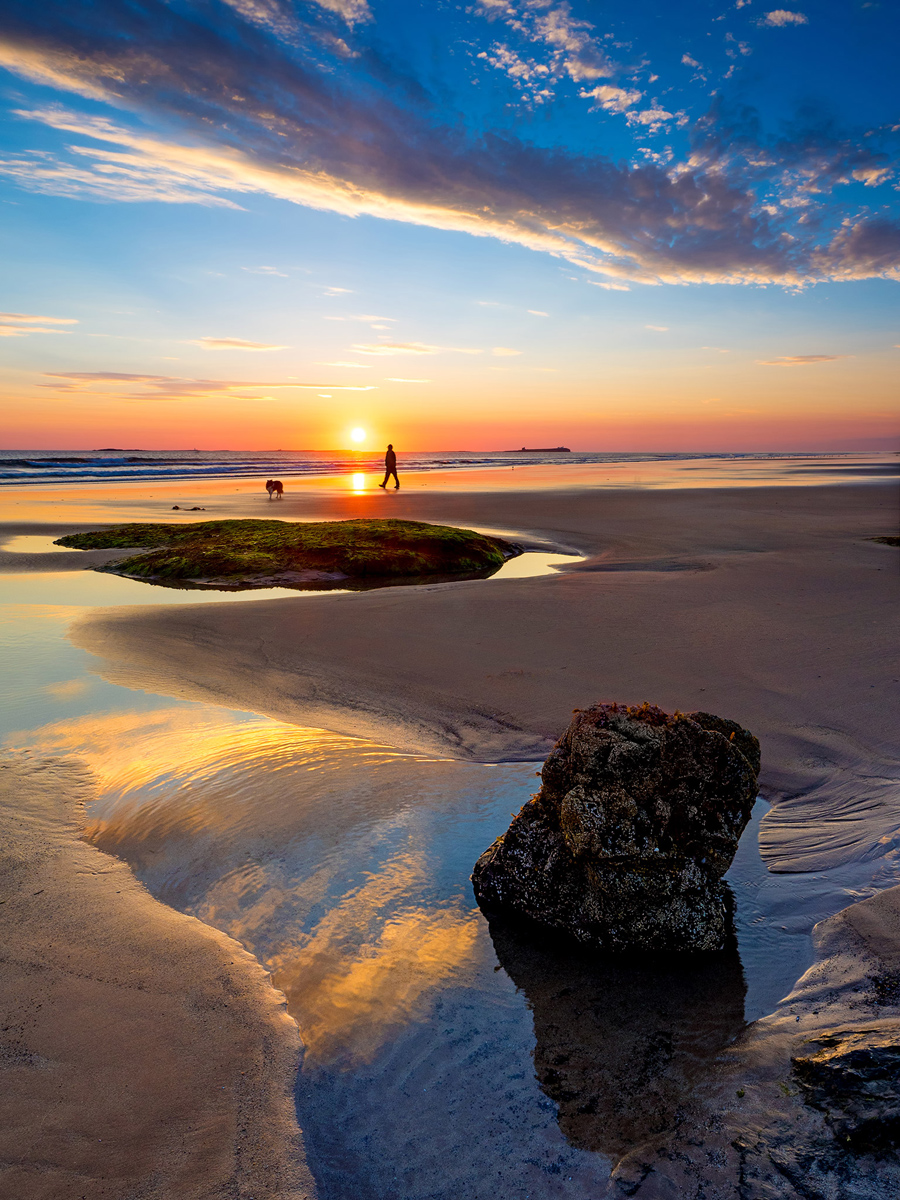
What drives you to shoot landscapes?
It’s the drama and the beauty of the world we live in; a brief moment of light, or the drama of a dark brooding sky. We tend to miss what goes on around us with such busy lives, so being able to record and share it gives me so much pleasure. Its also incredibly calming and peaceful, even if I’m stood on top of a hill in gale force winds or being battered by rain, its all fine, it brings peace and tranquillity.
Although I love landscapes, the coast is my real passion. The sounds and the sea are like nothing else. I grew up on the coast so its in my blood.
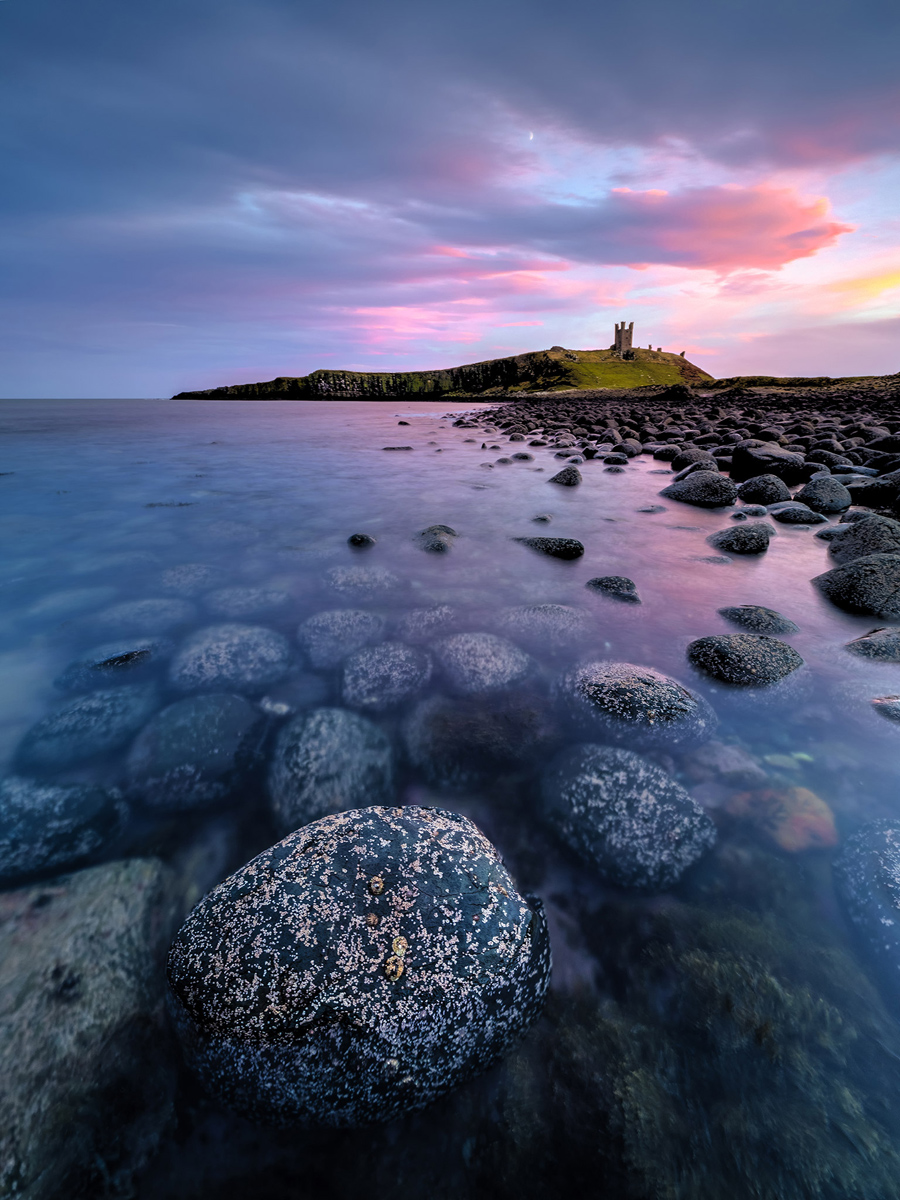
The major part of making a landscape photograph actually happens before taking the camera out of the bag, do you agree? What’s your usual workflow regarding location scouting, weather forecast, sunrise and sunset times, and so on?
Sometimes, not always. These days it’s so much easier with mobile apps and the internet, so if there is a particular place I’m interested in I will research it online, download Ordnance Survey maps, use PhotoPills to plan sun positions or check tide times with other apps.
Weather planning usually means checking forecasts for days in advance and then making judgements. I run workshops’ so knowing the weather is important, as is having a Plan B for when it suddenly changes.
Other times when I feel the need I just pick a place and go, no matter the weather. I have never been a fair weather shooter, so if I want to go I just go. It changes so much there will always be a shot, and if not, you know where to go next time.
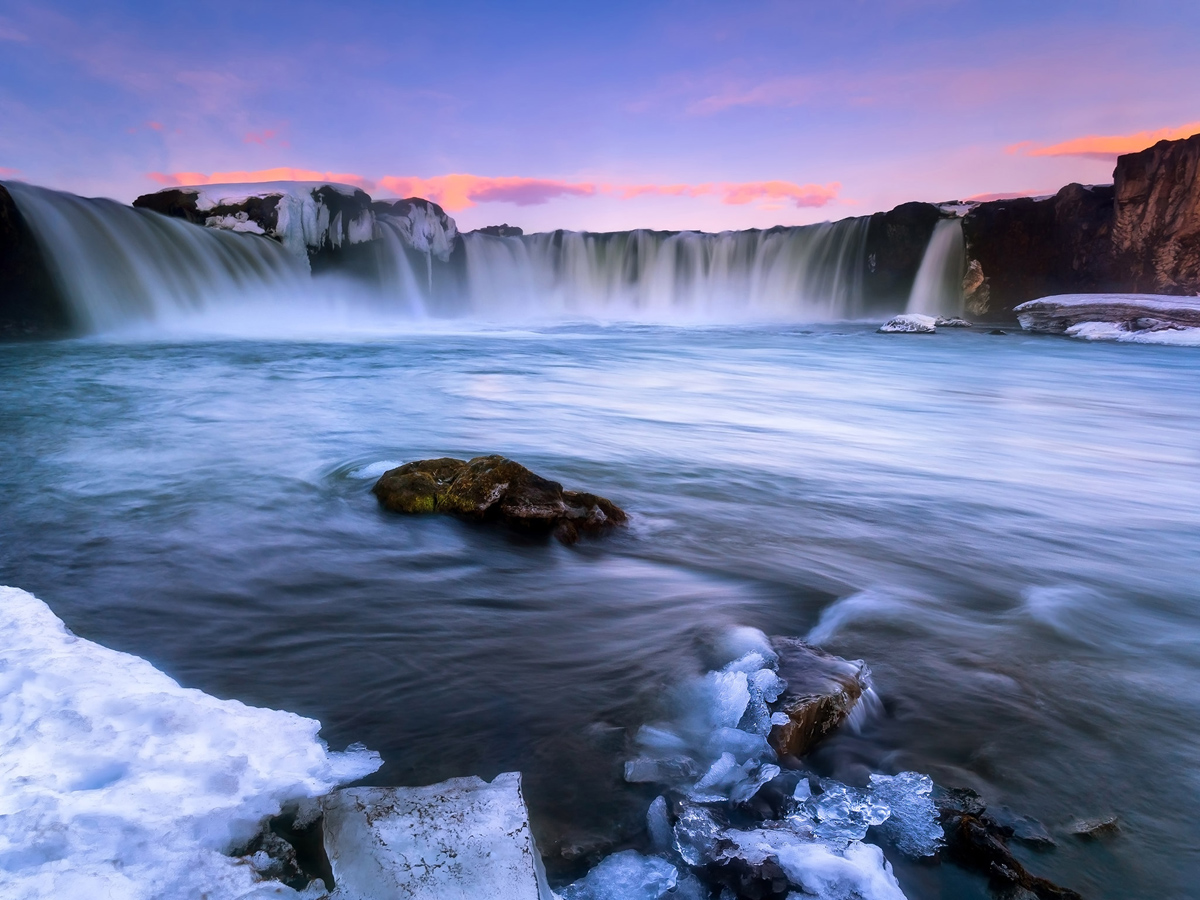
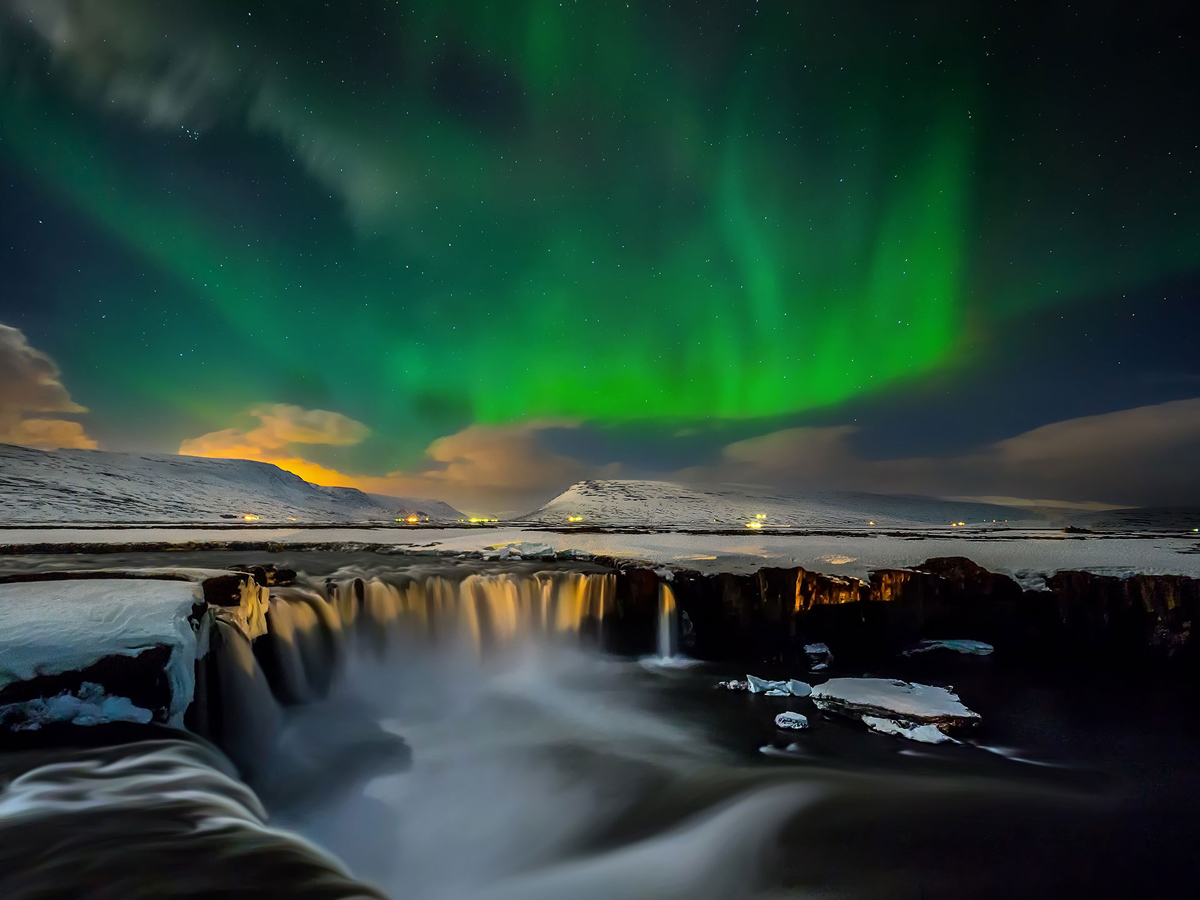
What’s in your gear bag and what is your most used lens?
I use a Manfrotto backpack, small but it holds a lot of gear. Right now I have the Pro Trinity, 7-14, 12-40 and 40-150 f2.8 Pros, with the E-M1 mk2 and E-M5 mk2. I like to have the 40-150 mounted on the E-M5 mk2 so it’s ready, although I swap when needed.
I have all the usual accessories, batteries, cable releases, filters and holders, adapters etc. It’s all carefully organized so I know exactly where everything is. It isn’t light but so much better than DSLR. And a plastic leaf (so some believe). I also use a Gitzo Systematic Carbon Tripod. It isn’t the most compact but sturdiness is more important to me.
Without doubt the most used is the 7-14mm Pro. I enjoy that lens so much because of the way it exaggerates perspective, for composition it really can add to the drama of a scene.

If you had to advise a beginner in regard to a m43 lens for landscape photography, which would it be? And what advice would you give a beginner?
Although I am a huge fan of the 7-14, possibly the 12-40 Pro, it has a great range and will allow a diversity of shots being a great walkabout lens. Now the 12-100 has been released it makes it a tough choice. For anyone who likes wide shots, the 7-14 without doubt.
Practice practice practice. Learn what the camera controls do and why, don’t be afraid to ask questions, join groups online and share images. Get them out there, it’s no good having them on a hard drive. And when you have a shot you’re proud of print it for your wall. It will look so much different and will inspire you. Just have the gear you need and master it, so that you concentrate on the scene not the gear.

For how long have you been using the E-M1 mkII and what were your initial thoughts about it?
I have been using it since it was released, on paper it seemed to be the pro camera we were waiting for and it has lived up to it. The ergonomics are just right and the features live up to what we expect from Olympus. It has the ability to do just about anything and its built to show it.
I really like the High Res mode improvements and the increase in MP is very welcome, it’s at just the right amount for me. It seems to be the evolution of what Olympus has been making ground-breaking achievements in, and with all that processing power it will only get better.
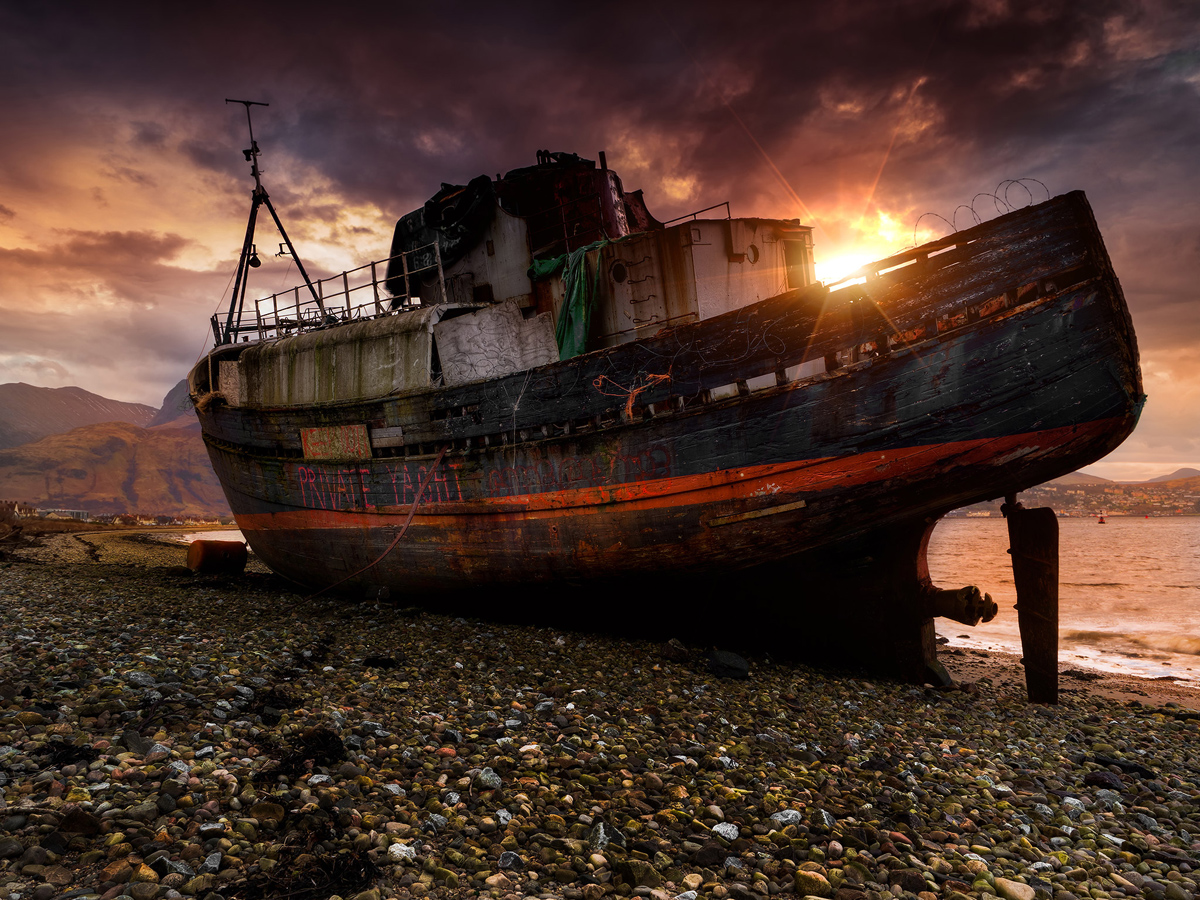
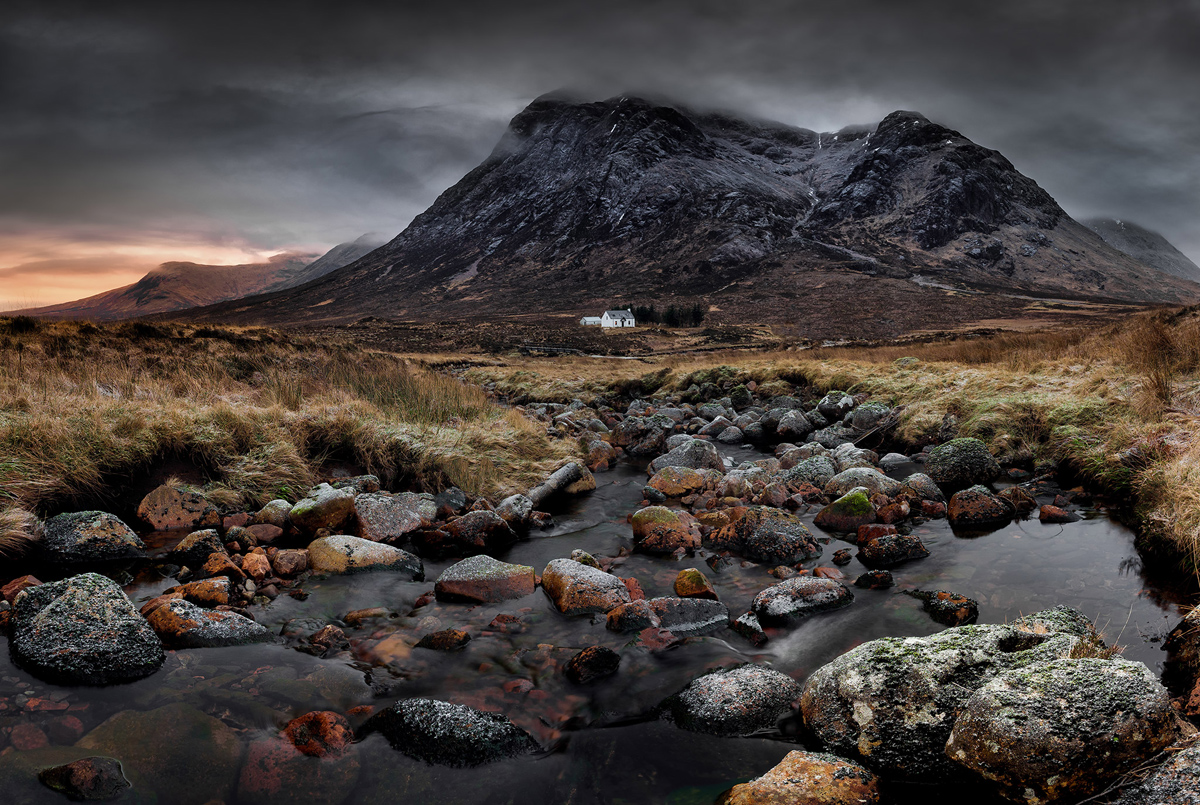
If you could call Olympus and ask for the perfect camera, how would it be?
It would be the E-M1 mk2, it is almost perfect with a few tweaks. The only area Olympus can improve for me is noise control, but other than that it is a fantastic body. And firmware updates are bound to bring improvements, Olympus do listen. My requests for ‘Time Shift’ (one button press adds 8 hours to a day) and ‘Sun Shift’ (because its never in the right spot) didn’t happen, so who knows?
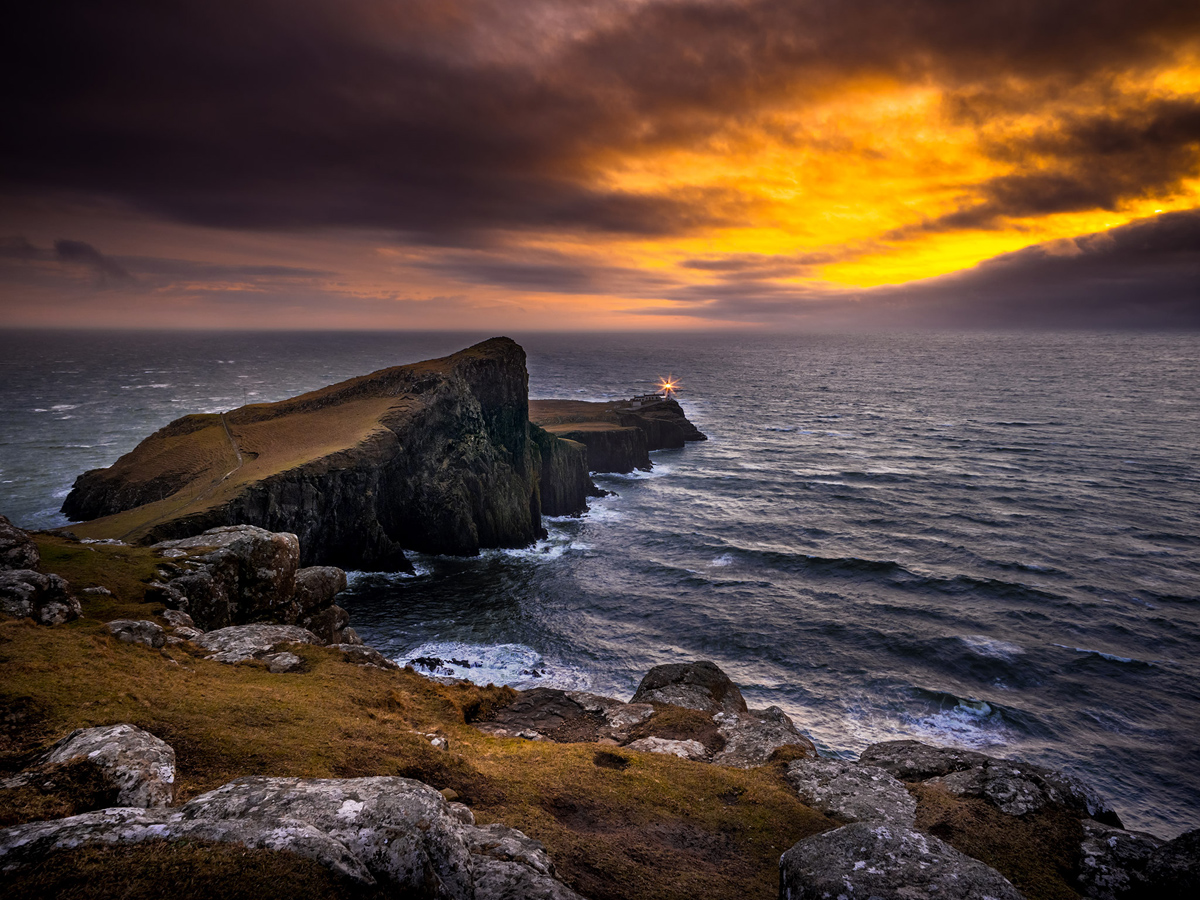
Could you describe your post processing workflow.
I use Lightroom and always Raw. I do the general global processing in LR, with just small amounts of noise and sharpening, and then send it to Photoshop where I do any local edits. I nearly always use filters so it makes processing easier.
I use luminosity masks where needed, and use layers. Sometimes I will bracket and blend images, if for instance I needed to avoid flare from a sunset, or the dynamic range was so wide I will over expose to bring detail to shadows.
I was a Photoshop user before LR, so I still prefer to do final checks in PS for colour balance, levels etc. I use Nik Collection for noise removal and sharpening whilst in PS, and then save back to LR.

Thank you for your time! Before finishing this interview, could you tell the next place you would like to photograph?
I just had a short trip to Scotland and Isle Of Skye, so I plan another longer visit, and I have plans for Lewis and Harris later this year. The coast in Devon is also on my list very soon, as is another trip to Iceland. I have unfinished business there…
JOIN OUR FACEBOOK GROUP
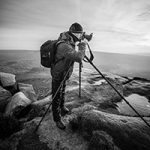
“My landscape images focus mainly around the stunning scenery in North of England, The Peak District, Moors and Dales of Yorkshire, Lake District and the Coast. I have a passion for the coast, I adore everything about it, the sea, the air and atmosphere, and I try in each and every image I capture to convey the beauty, and the drama of the great outdoors. I enjoy capturing images that show the beauty of our landscapes, and also it’s raw dramatic power. I feel at home shooting a stunning sunset or a dark stormy day, both stir the soul.”



